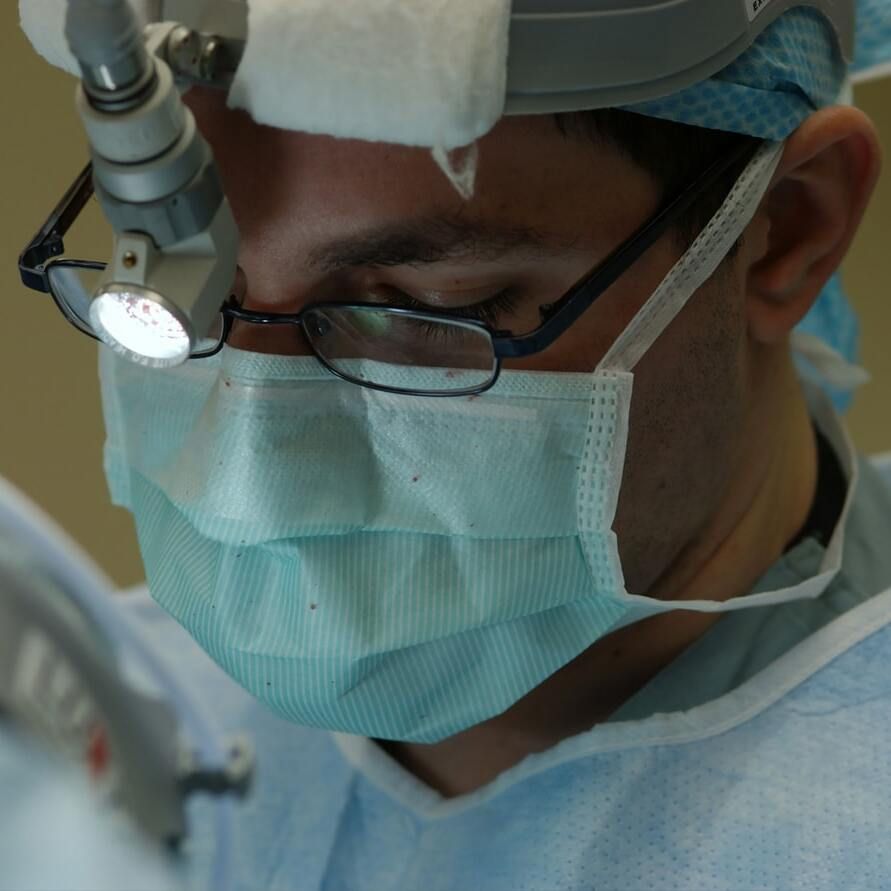Article
Study Assesses HBV, HCV Prevalence in Patients Undergoing Cataract Surgery
Author(s):
Investigators noted a higher prevalence of nuclear sclerotic cataracts in infected patients versus uninfected patients.

A new study conducted by investigators at the Armed Forces Institute of Ophthalmology and National University of Medical Sciences, Pakistan, evaluated the prevalence of hepatitis B (HBV) and hepatitis C (HCV) among patients undergoing cataract surgery.
The study noted a greater prevalence of HCV infection. Furthermore, nuclear sclerotic cataracts had higher prevalence in infected patients—compared with noninfected patients.
“There is limited data suggesting HBV/HCV as risk factor for cataract development,” wrote the investigators. “However, whether cataracts represent an extra-hepatic manifestation of viral hepatitis remains unclear.”
In response to these gaps in understanding, the investigators assessed the link between HBV, HCV and cataract development/presentation.
HBV, HCV Prevalence and Cataracts
The cross-sectional study was conducted between January 2018-Jan 2020 and included 4671 patients visiting a cataract clinic. All patients were >20 years of age.
Prior to patient operation, the investigators evaluated patient history regarding comorbid conditions, such as ischemic heart disease, hypertension, diabetes mellitus, and, most importantly, previous systemic infection and hepatitis, among others.
Those excluded from the study were individuals with uveitis, retinal detachment, previous history of ocular surgery or neurosurgery, and previous treatment with systemtic medication causing ocular side effects.
“Patients were then subjected to comprehensive ocular examination for cataract evaluation including visual acuity, anterior and posterior segment examination, intra ocular pressure measurement followed by biometry for intraocular lens (IOL) power calculation,” wrote the investigators.
Thus, among the total population, 181 (3.87%) patients were considered to be positive for HBsAg or anti HCVAb.
Furthermore, 35 (0.74%) were positive for HBsAg—versus 146 (3.1%) for HCVAb.
In terms of sex, HBV prevalence was higher among males (77.17%) compared with females (22.8%). A similar trend was noted for HCV prevalence—with 60.96% of males testing positive, versus 39.04% of females.
The investigators also noted that “23 (65%) of patients with HBV and 80 (54.8%) of patients with HCV had nuclear sclerosis cataract as compared to 51% of non-infectious patient.”
Seropostive patient mean age at time of symptom presentation was 63.3 years, while seronegative patient mean age was 69.2 years.
Conclusion
The investigators indicated these findings affirm the importance of screening for HBV and HCV among such patients so that further transmission can prevented.
“[The infection prevalence] implies strict screening for hepatitis serology should be carried out pre-operatively in order to avoid exposure of infective agents to the operation theatre staff and surgeon,” they wrote.
They also noted additional viligance is warranted for patients diagnosed with either HBV and HCV. In particular, they noted the strong association between either infection and age nuclear cataract.
“It implies that HBV or HCV infected patients ought to be be examined and vigilantly monitored for cataract development pertaining ocular health,” the team concluded.
The study, “Frequency Of Hepatitis B And C In Patients Undergoing Cataract Surgery in a Tertiary Care Eye Hospital,” was published online in Pakistan Armed Forces Medical Journal.





